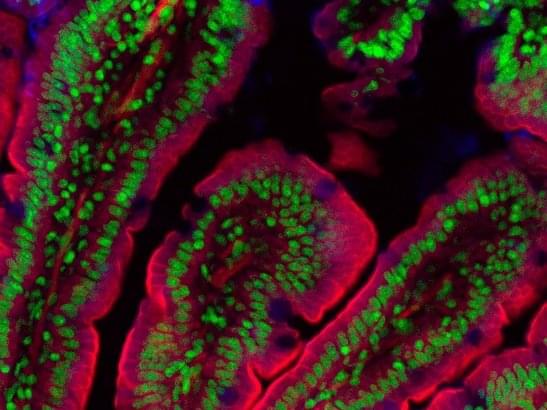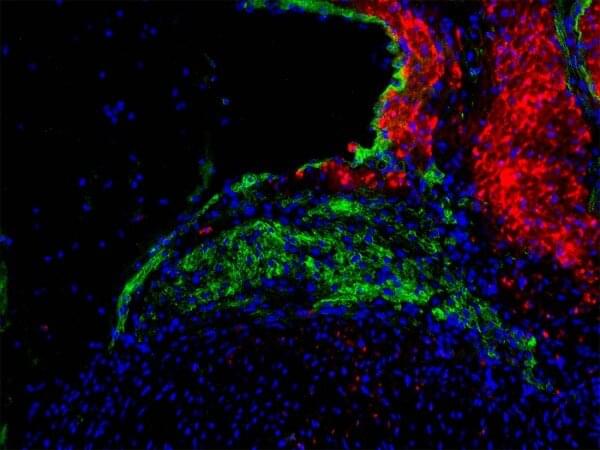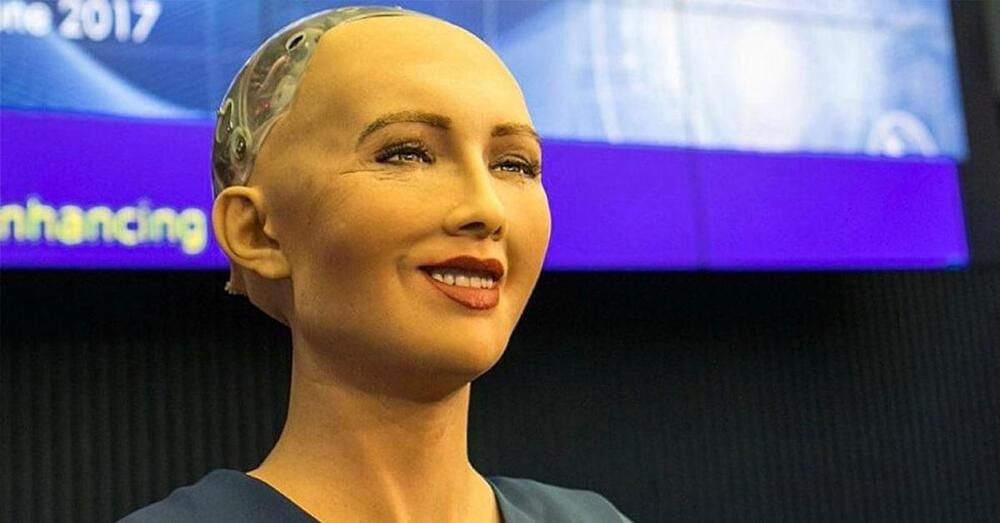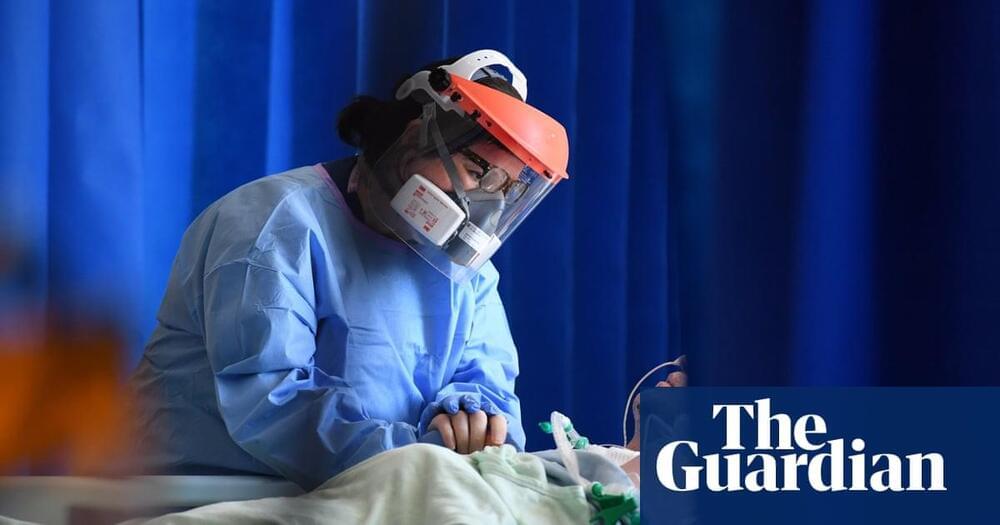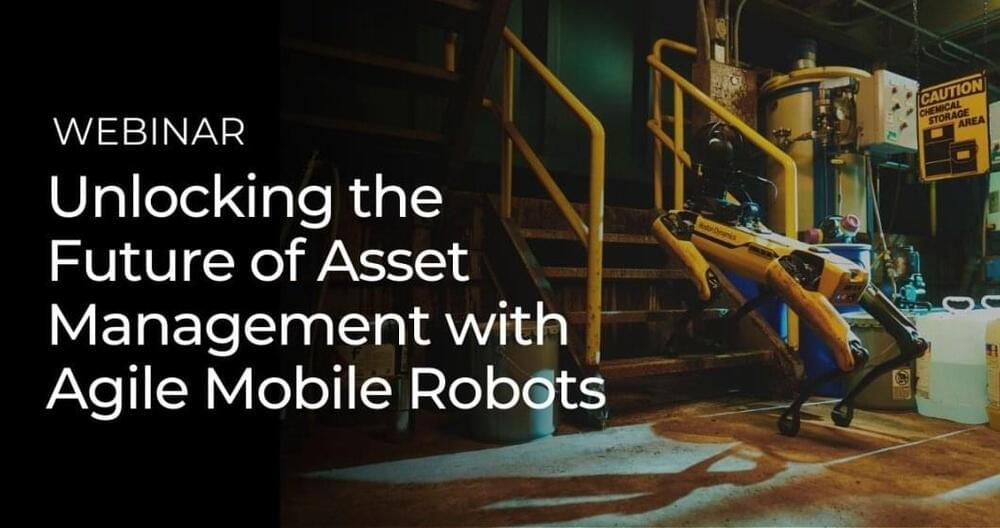Oct 8, 2021
‘Gut bugs’ can drive prostate cancer growth and treatment resistance
Posted by Jason Blain in categories: biotech/medical, genetics
Scientists also analysed microbial genetic material from the stool of men with prostate cancer and identified a specific bacterium – Ruminococcus – that may play a major role in the development of resistance. In contrast, the bacterium Prevotella stercorea was associated with favourable clinical outcomes.
Image: Section of a mouse gut. Credit: Kevin Mackenzie, University of Aberdeen.
Common gut bacteria can fuel the growth of prostate cancers and allow them to evade the effects of treatment, a new study finds.
Continue reading “‘Gut bugs’ can drive prostate cancer growth and treatment resistance” »
